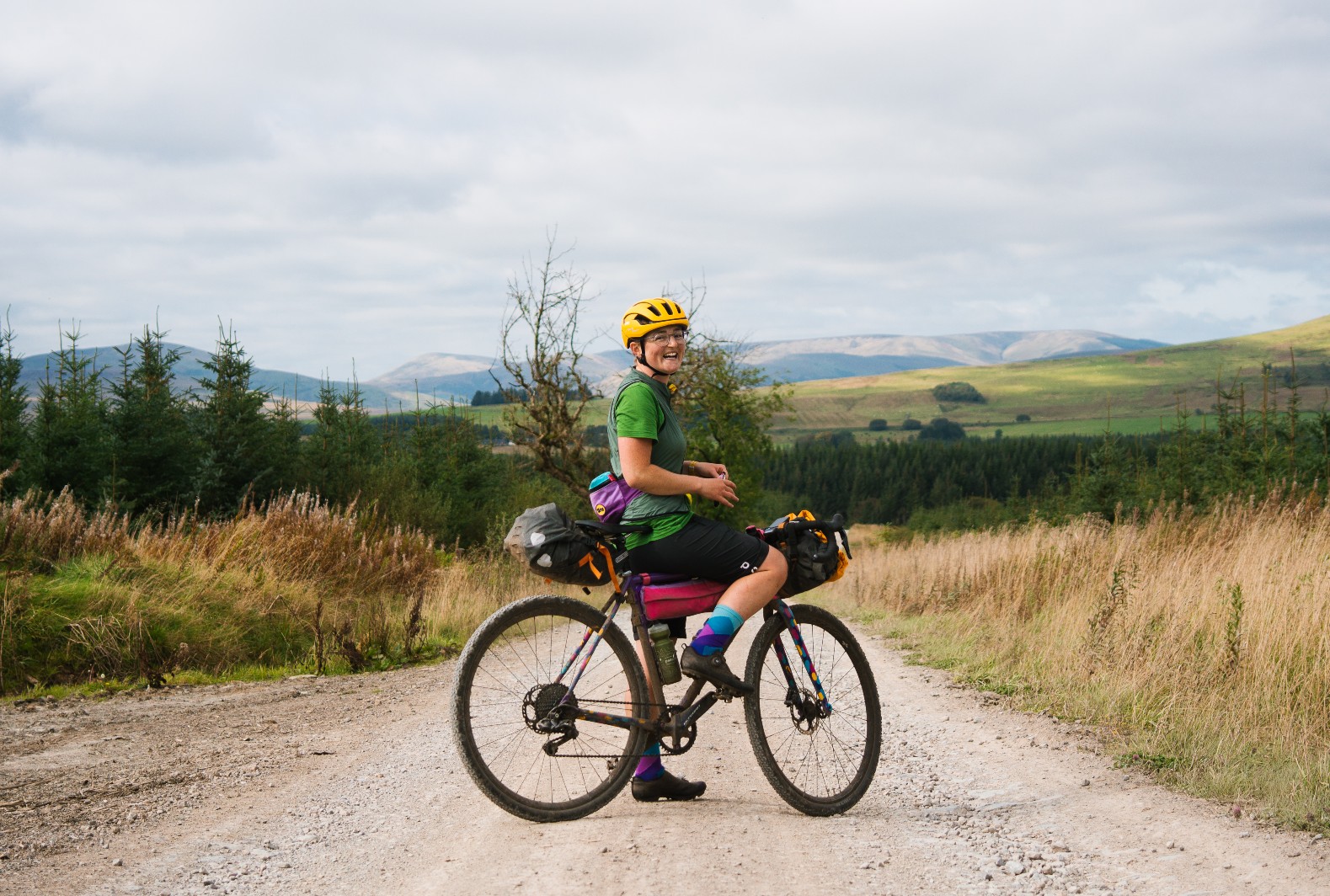Built for the tarmac or the trail beyond, while road and gravel bikes share a lot in common, there are some more subtle differences that optimise them for different road and trail surfaces, as well as contrasting riding styles.
These differences tend to exist on a spectrum. Road racing bikes are most dissimilar to burlier gravel bikes, and endurance road bikes and all-road bikes tend to share more in common somewhere in the middle.
Here, we check out what sets these bikes apart, before considering whether you really need a road bike or gravel bike, and how versatile a gravel bike can be for road riding, touring and as a winter road bike.
What are road bikes and gravel bikes designed for?
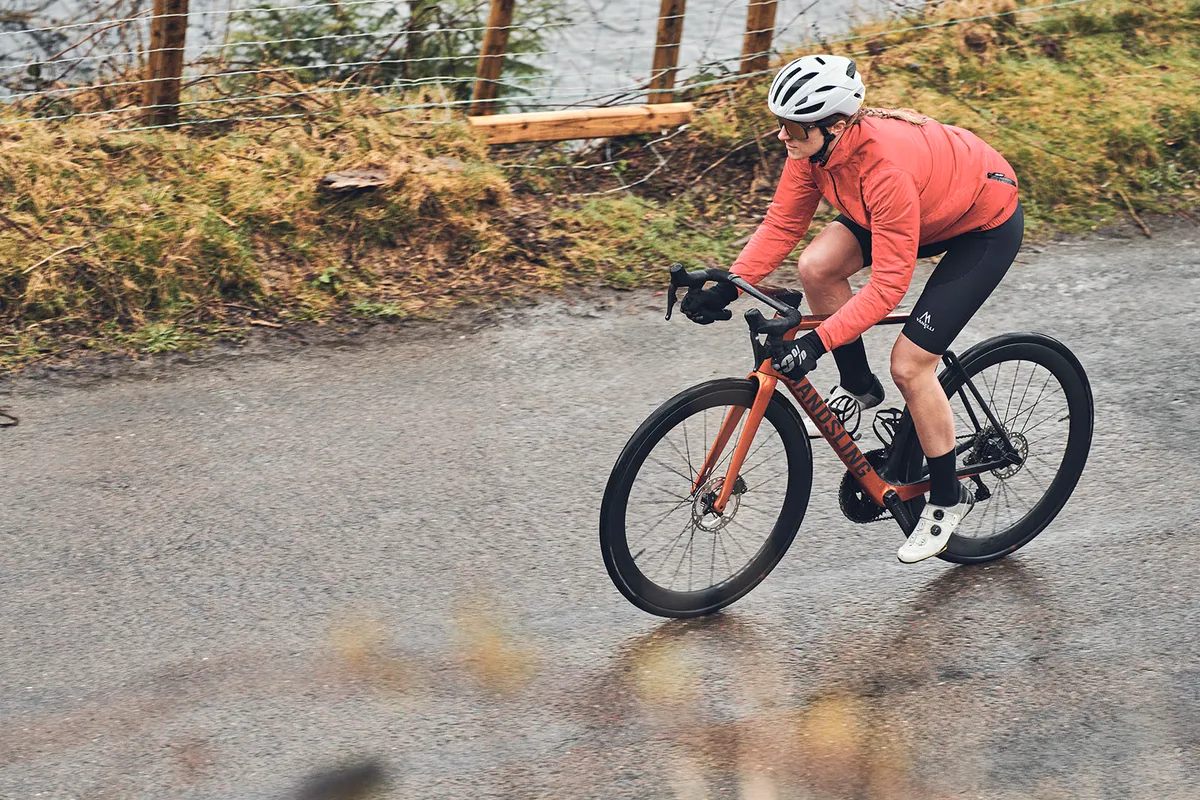
Both road bikes and gravel bikes exist within a number of different sub-categories; they’re largely designed for either sticking to the tarmac, or venturing off it.
Within both categories, you’ll find race-orientated all-road steeds right the way through to endurance models, and everything in between. The specific purpose of these bikes will determine key features, such as geometry, tyre clearance, frame materials, finishing kit and mounts.
Having said this, there are some general differences between gravel bikes and road bikes.
Gravel vs road bike geometry
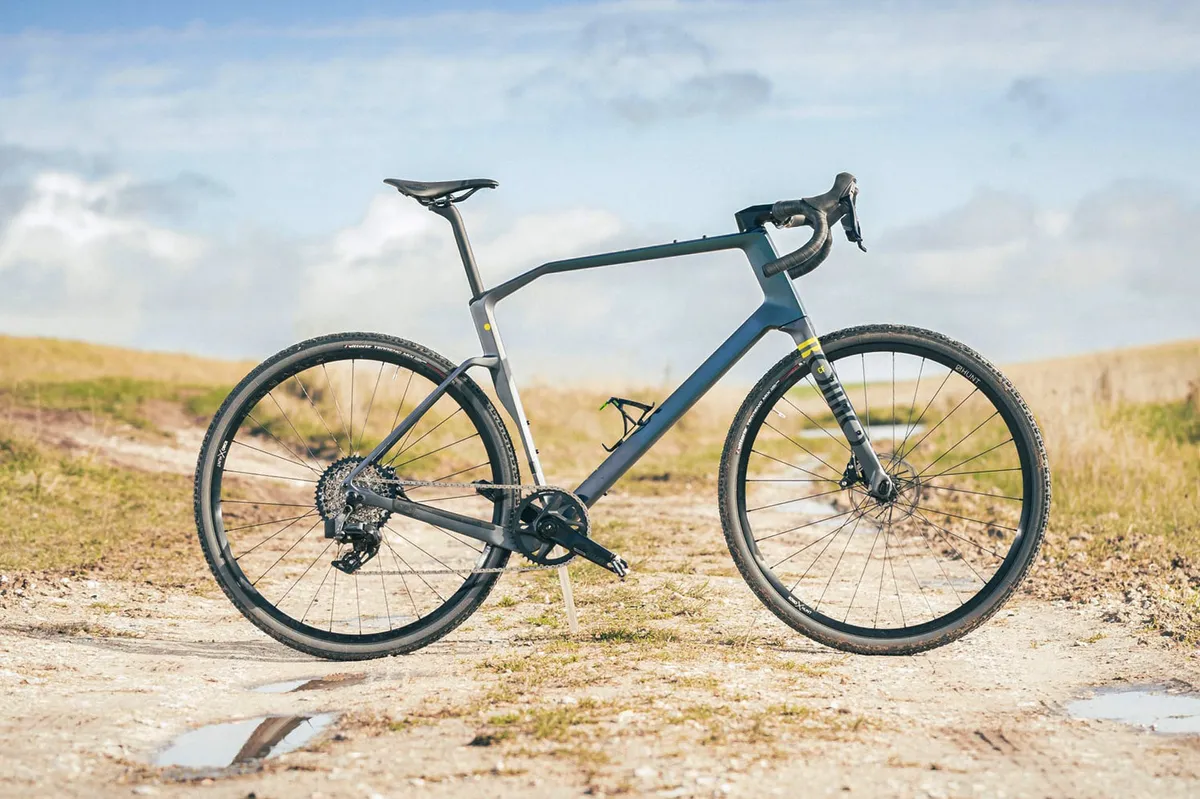
Longer, lower, slacker: probably terms you’re more familiar with from the mountain bike world, but also words that can be applied to gravel geometry when comparing them to road bikes.
The demands of gravel riding and road riding are significantly different.
While road bike geometry tends to err towards precise handling and a responsive, fast ride, gravel riders look for stability and capability over more technical terrain, while also maximising comfort for long days in the saddle.
For these reasons, road and gravel bike geometries are very different. Gravel bikes feature longer wheelbases and slacker head tube angles to give added stability, just as trail bikes tend to be longer and slacker than cross-country bikes.
Gravel bikes tend to be designed with a more upright body position in mind, with the exception of racing steeds, and therefore measure up with a shorter reach and higher stack than many road bikes. Endurance road bikes also feature a less aggressive position, so there may be some overlap here.
Some gravel bikes have a sloping top tube, which not only leaves more seatpost exposed, giving a little extra compliance over the rougher stuff, but also gives easier manoeuvrability over the bike compared to a traditional, straight top tube.
Tyres and clearance
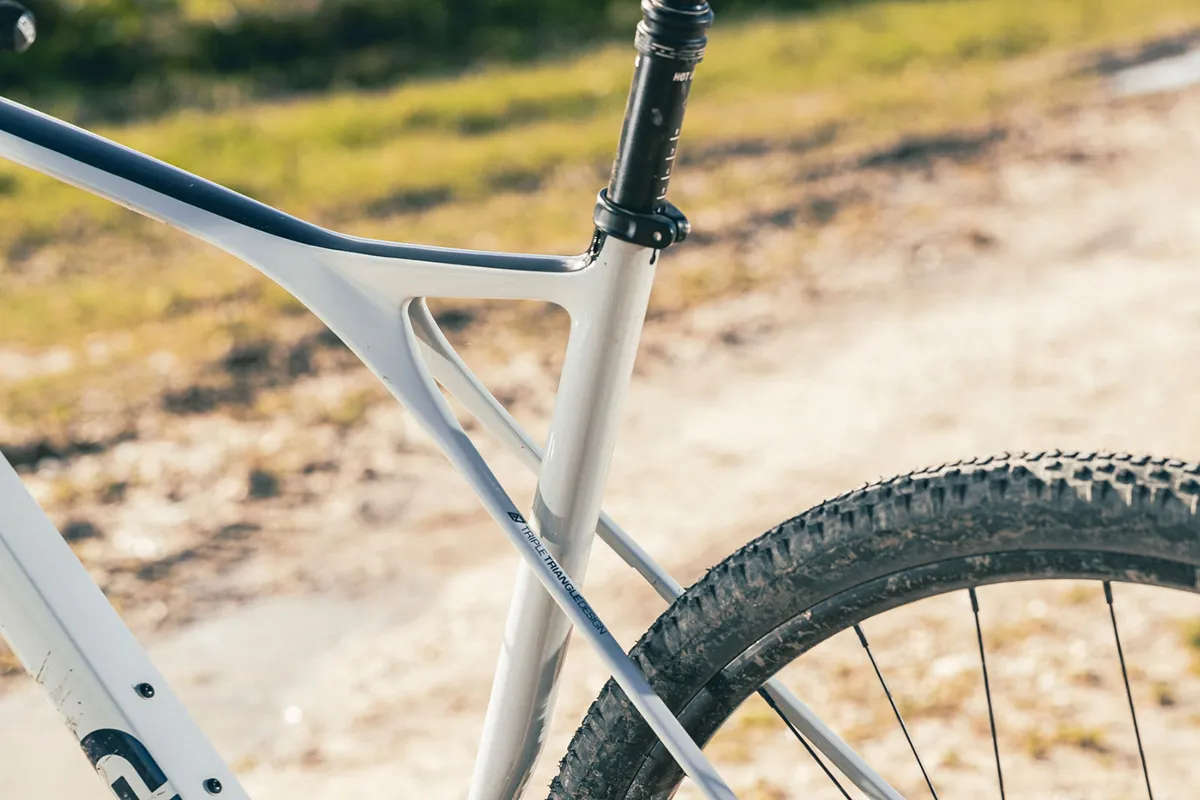
Tyres – and just as crucially tyre clearance – are one of the biggest differences between gravel bikes and road bikes.
While many road bikes will be designed around 28mm tyres – or perhaps up to 32mm for progressive endurance road bikes – gravel bike tyres tend to be no narrower than 35mm, extending up into XC mountain bike territory at 2in (50mm) plus.
Tyre clearance between the forks, seatstays and chainstays will determine the maximum width of tyres that can be used. This is generally much wider for gravel bikes to allow a greater range of tyres and treads to be used, as well as all-important mud clearance for wetter, stickier conditions.
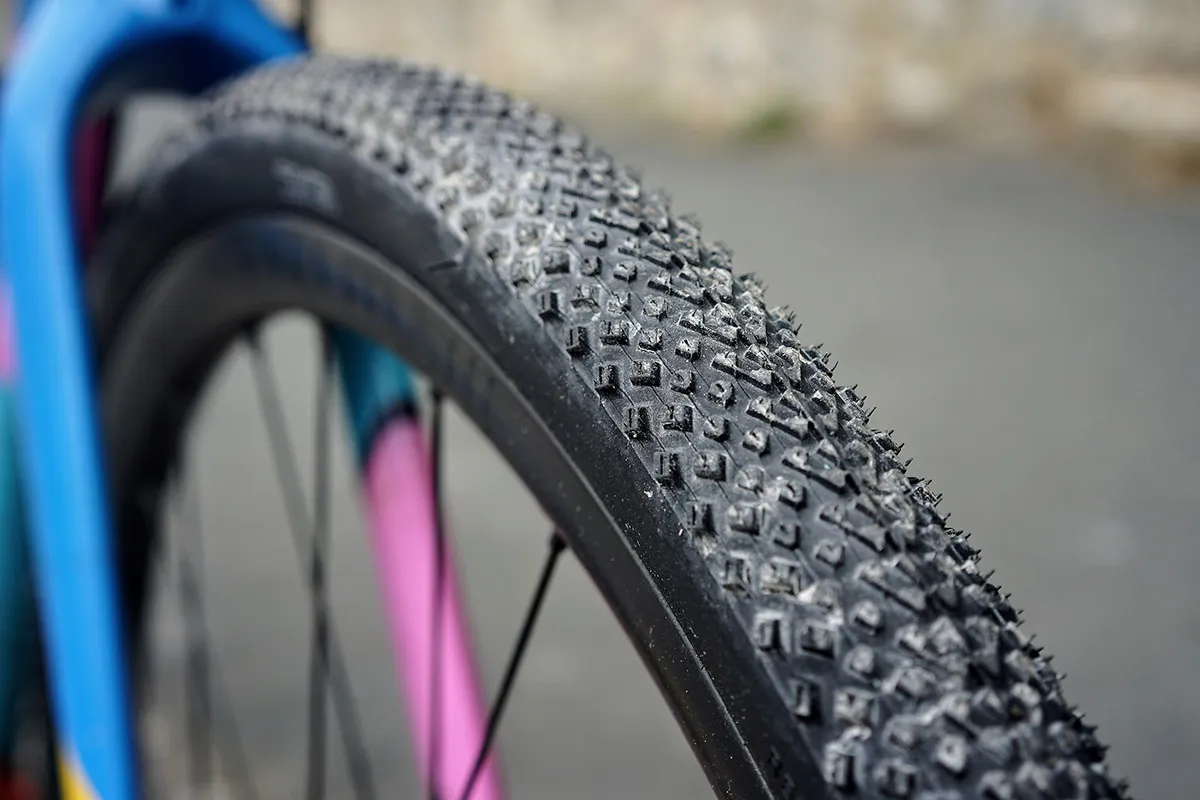
Where some gravel bikes are limited on tyre clearance, brands or riders might opt for 650b wheels to be able to fit a chunkier tyre without having to switch the frame.
Almost all road bikes are fitted with 700c wheels, except for some smaller-sized bikes, which use 650b or 650c to retain more proportional geometry.
Almost all road tyres are slick, whereas almost all gravel tyres will feature at least some tread pattern. This will vary according to use, with semi-slick tyres for fast, dry racing and aggressive knobs for traction in muddier, more technical conditions.
Frame materials
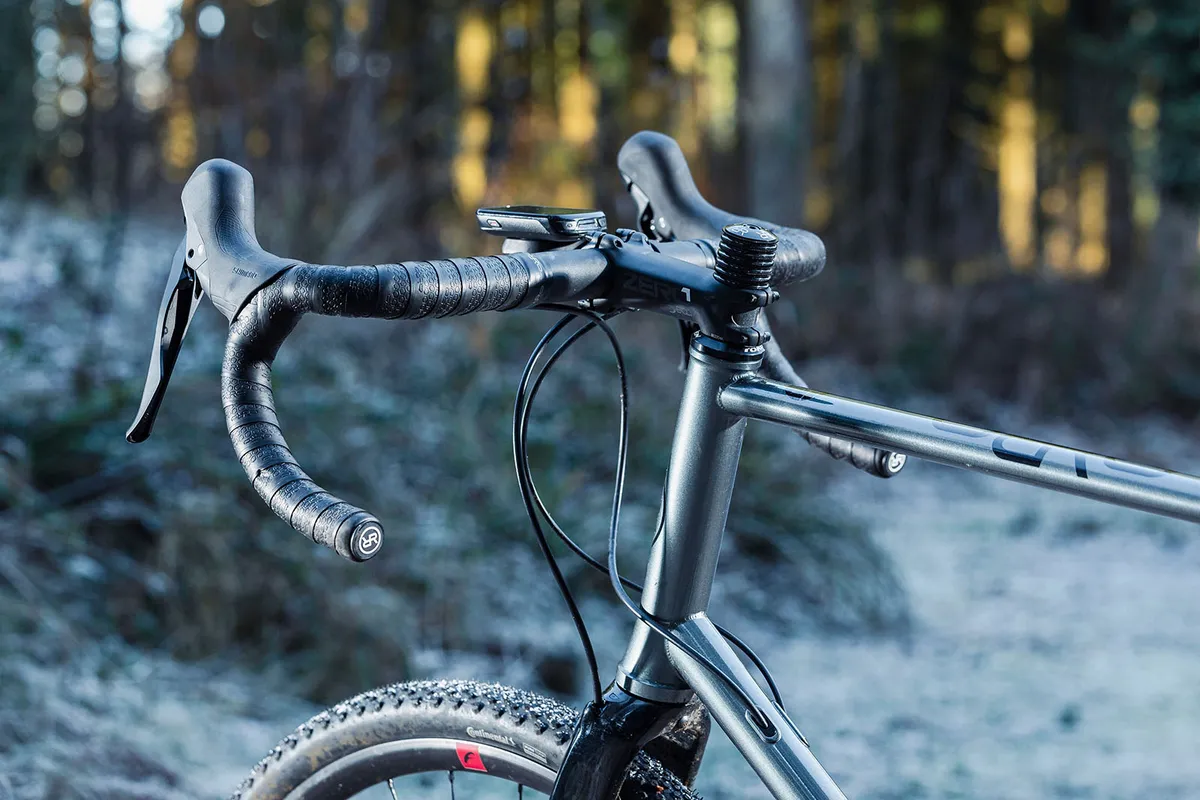
Both road bikes and gravel bikes are manufactured in a range of materials: aluminium, carbon, steel and titanium.
Each material has its pros and cons, from budget to durability, weight and vibration absorption.
Of course, there’s also a great deal of variation within materials: for example, the grade of steel can have a huge impact on the frame’s weight.
Steel tends to be more popular in the gravel riding world than in road cycling, thanks to its strength, durability and vibration-damping ride quality, as well as the popularity of custom builds in this category.
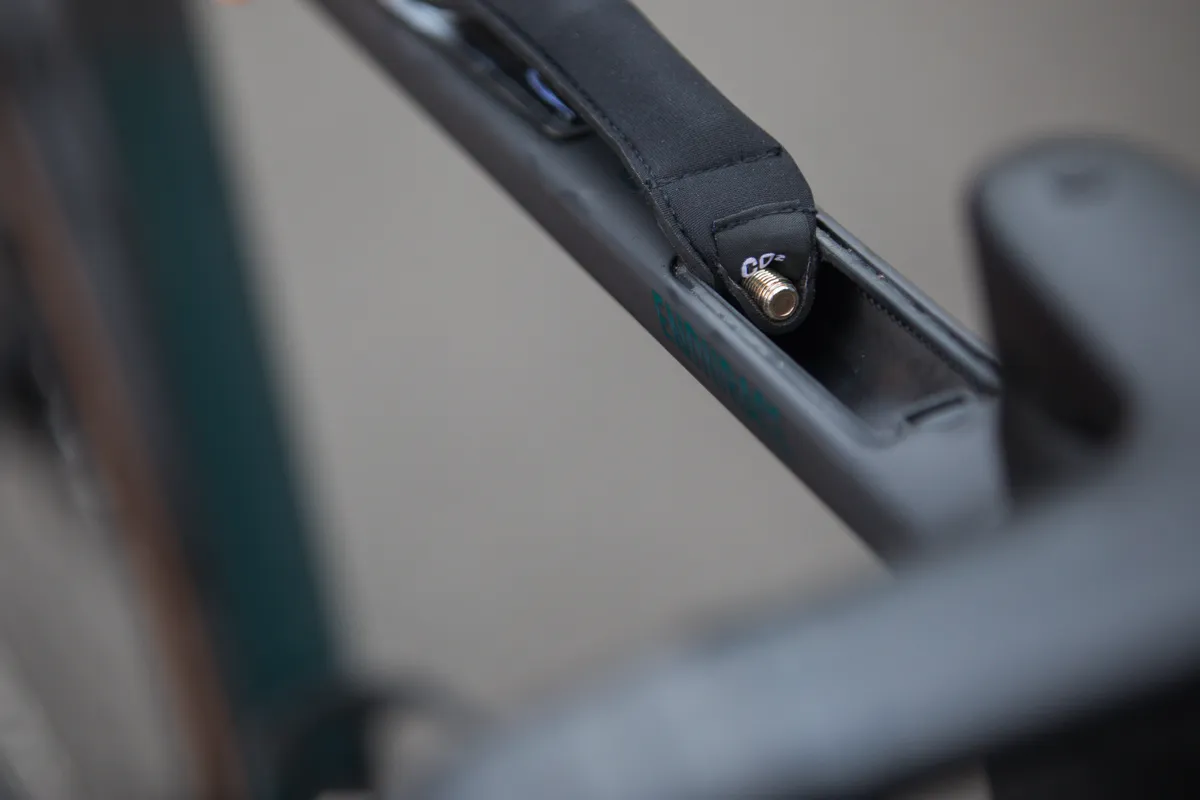
Having said this, carbon fibre is still probably the most popular material in both categories for higher-end builds, due to its stiff, lightweight quality and vibration absorption.
Aluminium alloy frames are more common at the budget end of the spectrum, with robust builds at relatively low prices, perfect for beginner gravel riders.
Titanium builds are highly coveted, and found at the premium end of the range. Titanium is often touted to give a superior ride quality, while being more lightweight and resistant to fatigue than steel.
Mounting points
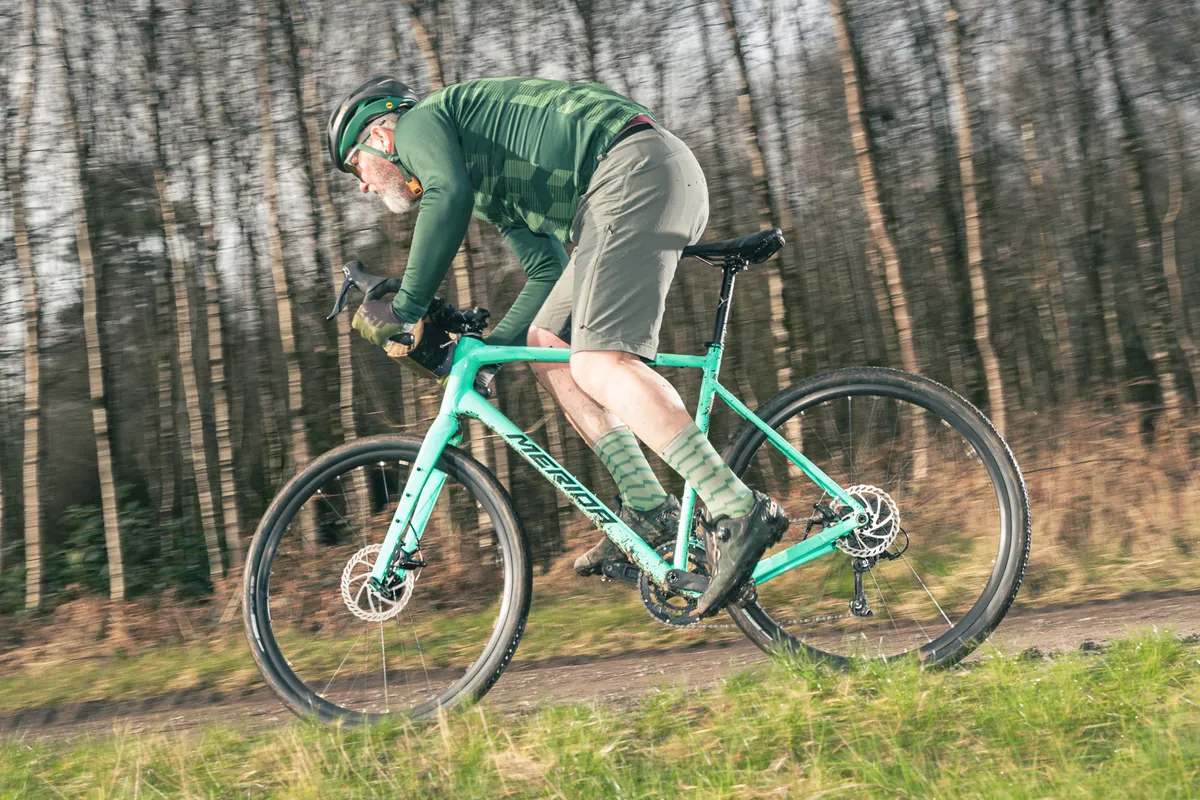
While racing road bikes are likely to have very few mounting points, catering only for a pair of bottle cages in the main triangle, endurance, urban and winter road bike builds are likely to have more mounts to enable you to fit mudguards, racks and more bottles.
The same applies in the gravel realm, with racier builds stripped down to host just a few bottles, while more bikepacking-oriented bikes can often be fitted with gravel bike mudguards and are almost covered in bosses, from the top tube to fork legs and down tube.
Finishing kit
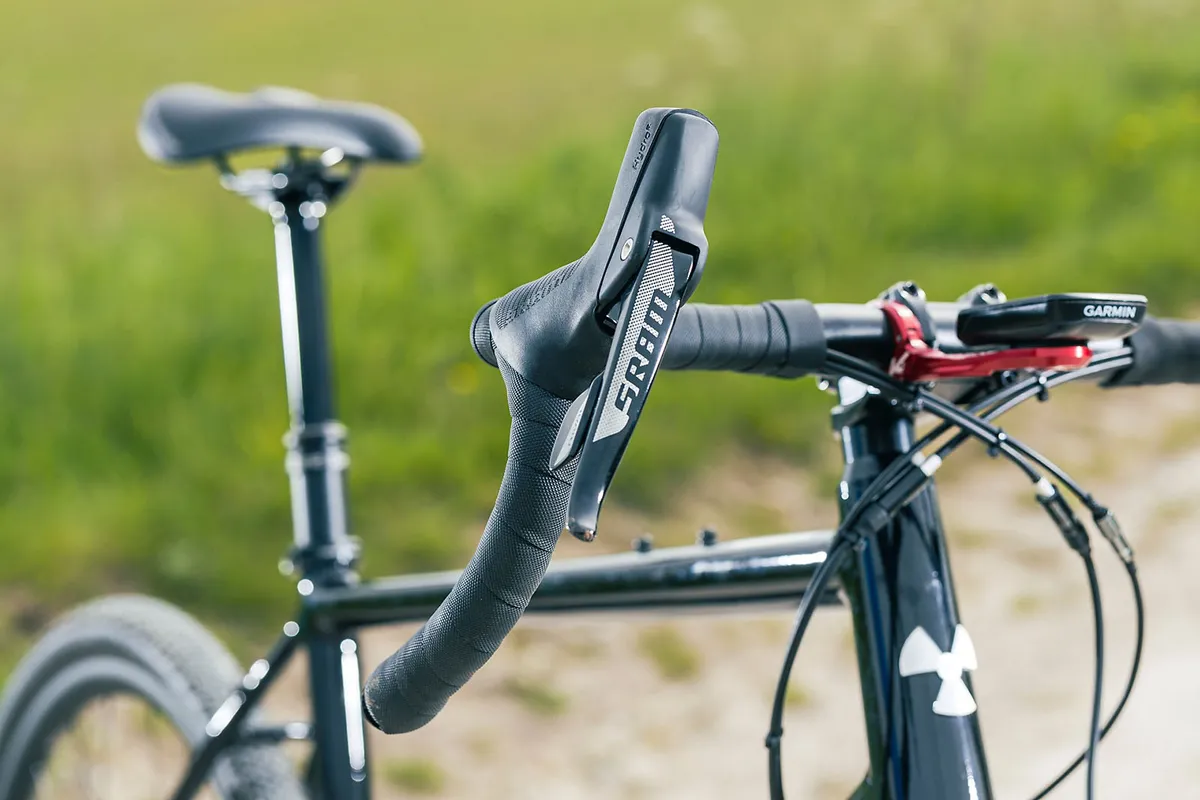
Although road and gravel bikes do appear on the surface to be very similar, when you look more closely you can often find subtle differences, including the finishing kit: seatposts, stems, handlebars and saddles.
Racing road bikes are optimised for efficiency, both in terms of pedalling and aerodynamics, so it’s no surprise that you find more aerodynamically shaped bars and seatposts there.
Although you do encounter some aerodynamic finishing kit on gravel builds, features to give more stable handling and smooth out rougher trails tend to be more common.
Flared handlebars give a wider, more stable position in the drops for descending on rougher surfaces, and have become a very popular choice on gravel bikes. Some gravel bikes feature flat bars instead.
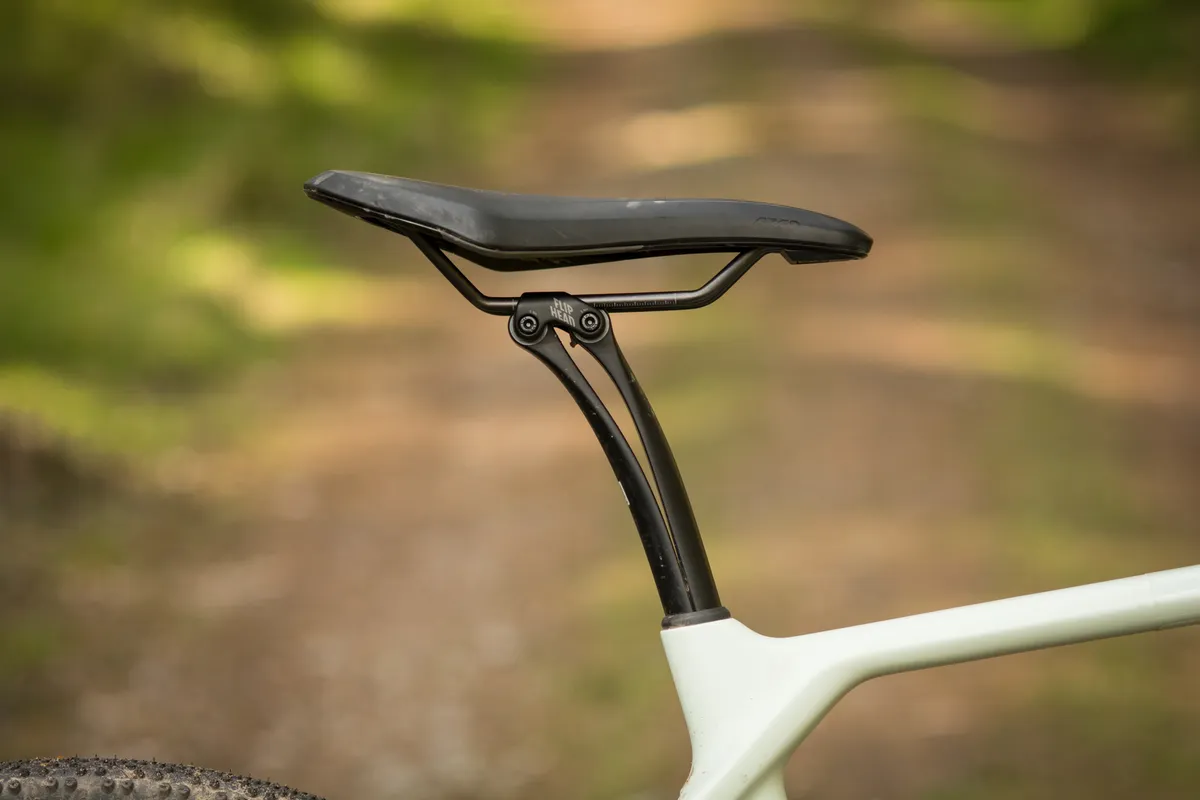
Some gravel bikes also feature seatposts designed to give more comfort over bumpier terrain, such as the Canyon VCLS 2.0.
You can also find some more advanced tech here, with suspension seatposts, dropper posts and even suspension stems and headsets. These can be either integrated as part of the frameset or added as aftermarket options.
Suspension
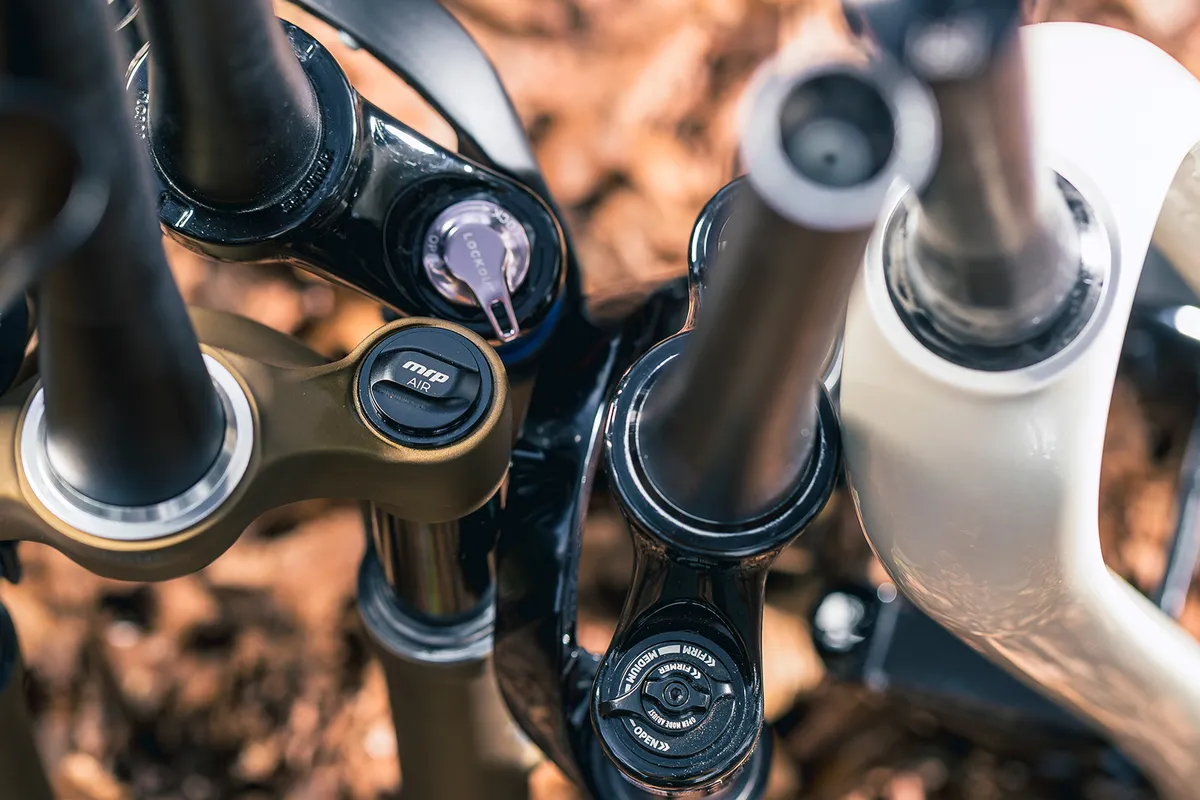
This is a growing trend in the gravel sector, from in-built frame micro-suspension of a few millimetres as seen on the new BMC URS LT to aftermarket suspension components such as the RockShox Rudy Ultimate XPLR gravel suspension fork, offering up to 40mm travel.
Meanwhile, the new Specialized Diverge STR is a full-suspension gravel bike with 30mm travel thanks to a flexy frame post.
Interestingly, in-built gravel bike suspension originates from the road. The spring classics such as Paris-Roubaix and the Tour of Flanders sparked the development of road micro-suspension to tackle the rough roads and pavé at speed.
Although you’re more likely to see suspension on gravel bikes to reduce fatigue over longer rough rides or add a little extra technical capability, you might still find micro-suspension features on endurance road bikes, such as the Specialized Roubaix’s Future Shock 3.2 headset.
Pedals
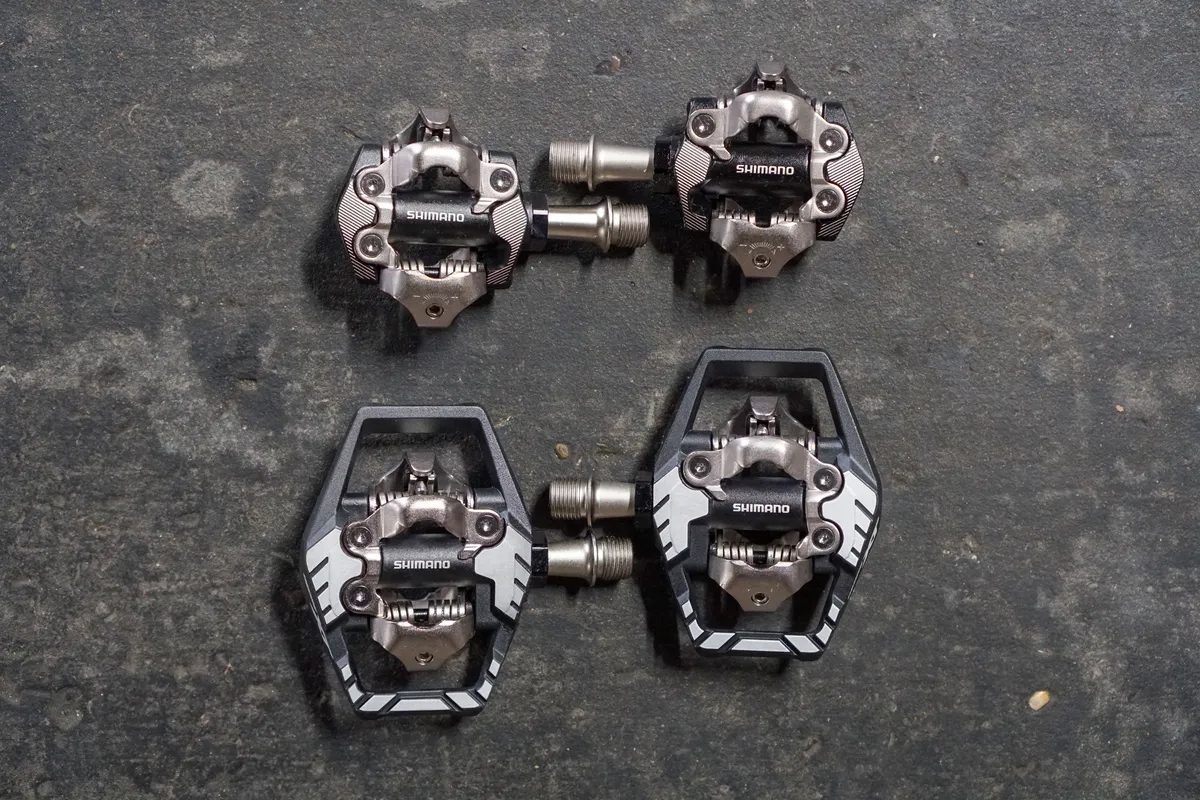
Road riders tend to prefer SPD-SL-style three-bolt road bike pedals, whereas gravel riders tend to opt for SPD-style two-bolt mountain bike pedals and cleats, with a few exceptions.
Because you’re more likely to spend a bit of time off the bike on rugged terrain, hard-wearing SPD metal cleats fare much better for off-road riding, and the pedals offer dual-sided entry, which can be really useful. The best gravel bike shoes tend to be designed with this pedal and cleat system in mind.
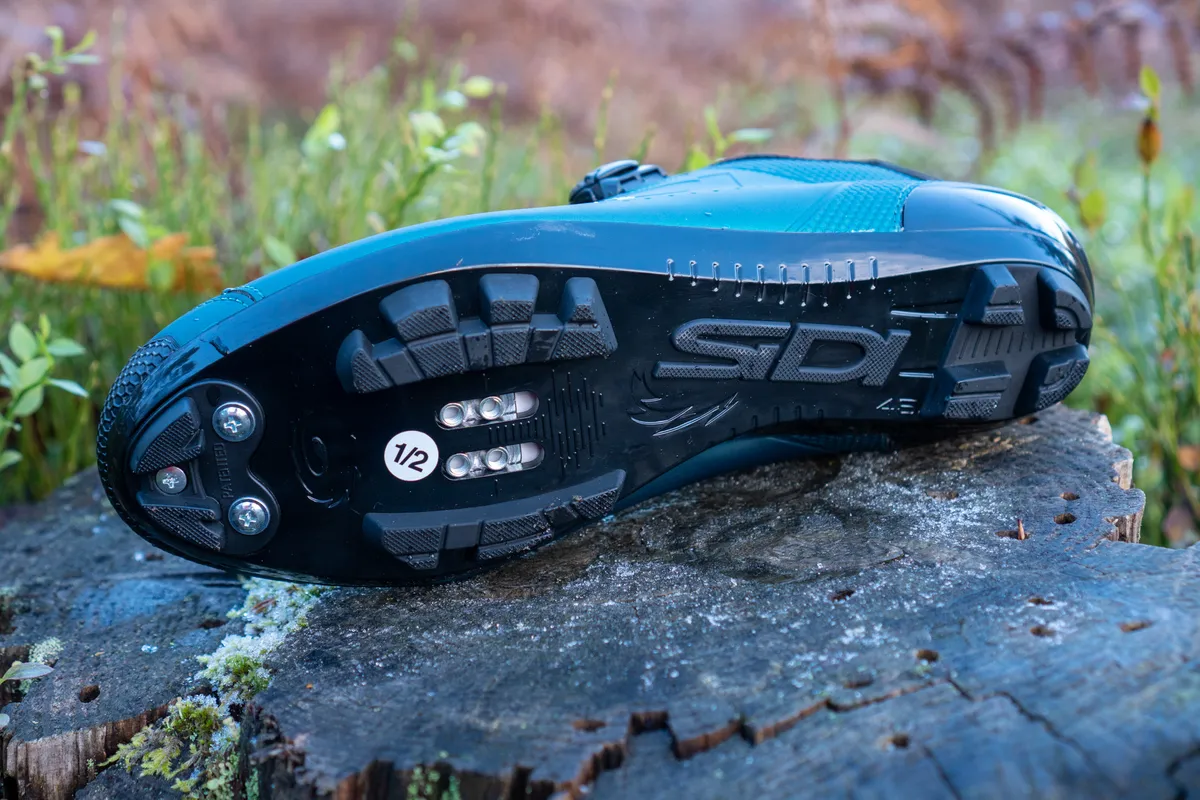
Some gravel riders prefer trail pedals, which offer a greater platform around the mechanism, or even flat pedals for more technical or muddier riding. These can also come in really handy for multi-day tours.
SPD-SL-style pedals tend to be favoured on the road for their increased efficiency, twinned with stiffer-soled road cycling shoes, and are typically used off-road for single-stage gravel races such as SBT GRVL.
Do I really need a gravel bike if I have an endurance road bike?
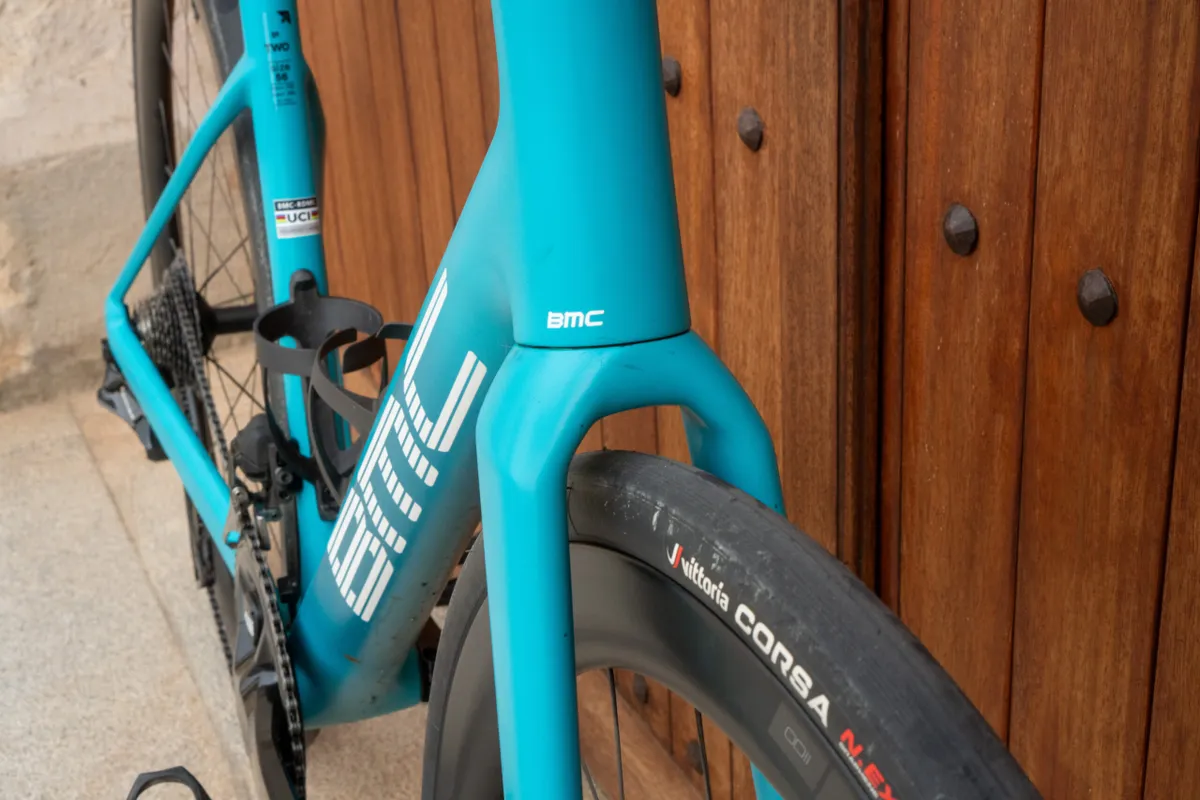
As you’ll be able to tell by now, the differences between endurance road bikes and gravel bikes are narrower, with a more upright, comfort-oriented geometry, clearance for wider tyres and even sometimes frame-based features to smooth out rougher roads.
So if you already have an endurance road bike, do you really need a gravel bike?
The answer to this totally depends on what you want to do on your rides, and that typically comes down to tyre width and tread.
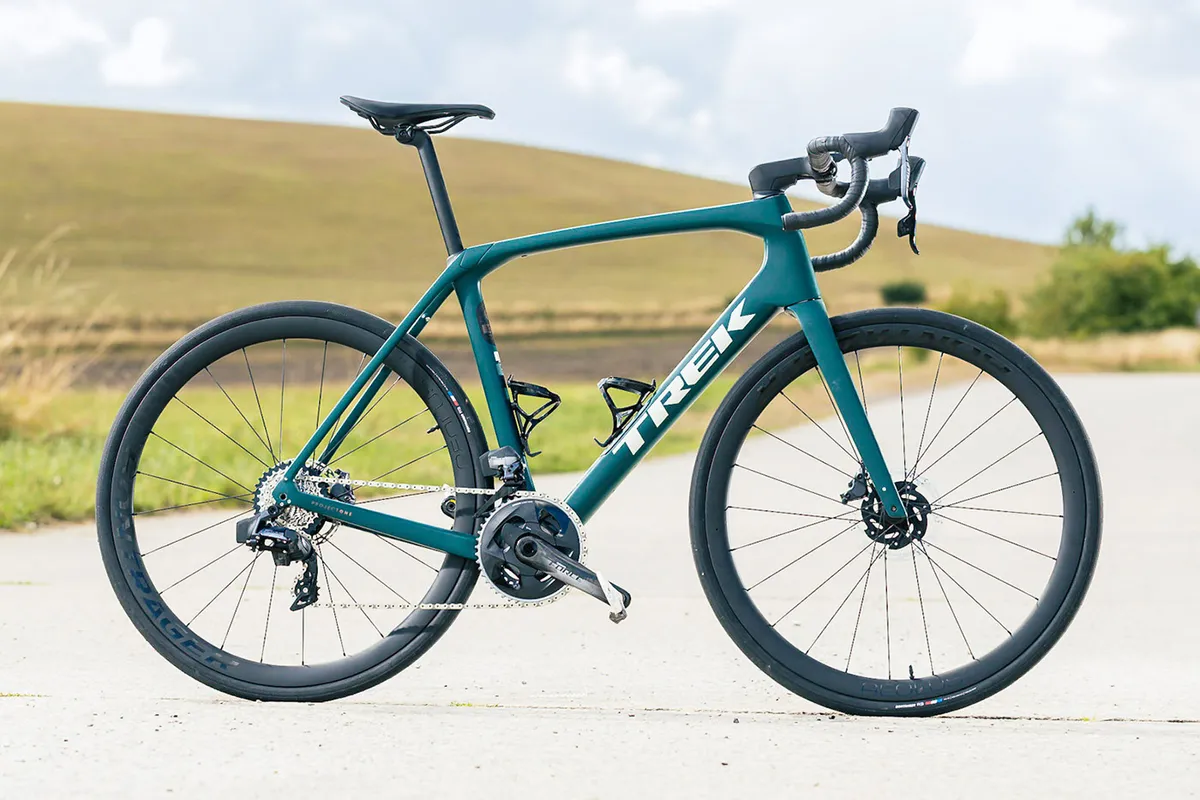
If you’re happy tackling rougher roads and smoother, hard-packed gravel in the dry, then an endurance road bike will be more than enough.
Many now have generous clearances for wider, slick tyres, plus a little extra room for dirt, or you could even fit a file tread.
For example, the Trek Domane has clearance for up to 38mm tyres, which is essentially the narrow end of gravel bike territory. BMC boosted the Roadmachine's tyre clearance to 40mm, the same as some all-road bikes.
Once you start seeking out rougher, rockier, rootier and more technical tracks and trails, as well as year-round off-road conditions, a gravel bike really becomes useful.
Let’s face it, bar a few areas in the US and some more remote national parks in Europe, the idea of gravel riding for most people is actually multi-terrain: taking in singletrack, doubletrack, field edge paths, canal towpaths, forestry roads and even some tamer mountain bike trails.
Wider tyres and a slacker geometry really help on steeper and rougher terrain. Consider a gravel bike fitted with a rugged tyre such as the Terevail Rutland Light and Supple if you’re looking for a capable steed on off-road sections.
Can I use my gravel bike on the road?
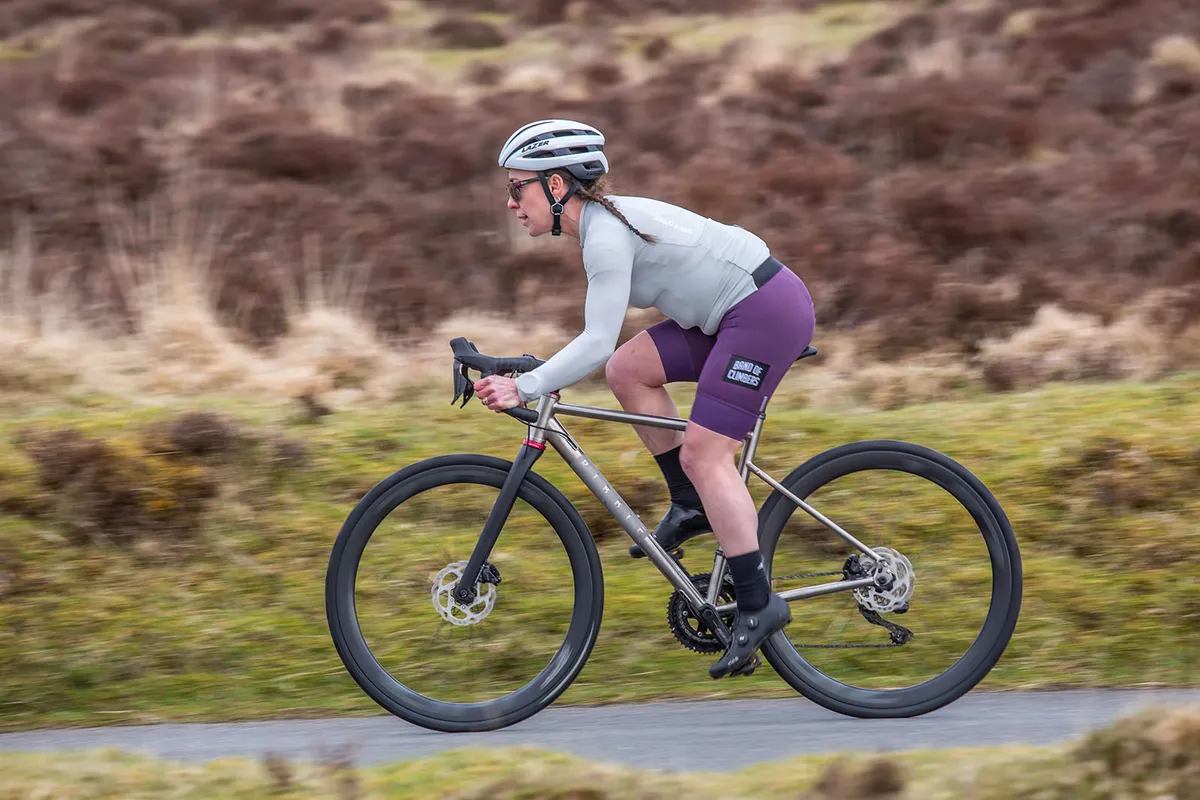
You can certainly use your gravel bike on the road: you’ll probably need to ride at least short road sections to link up segments of off-road trails and dirt tracks.
If you'll do a lot of road riding on your gravel bike, swap to slicker tyres. A gravel racing tyre such as the Schwalbe G-One RS is a solid option.
This will help to reduce the rolling resistance and give you a speedier sensation over smooth tarmac compared to gravel tyres, which can sometimes feel a bit draggy or sluggish on the road.
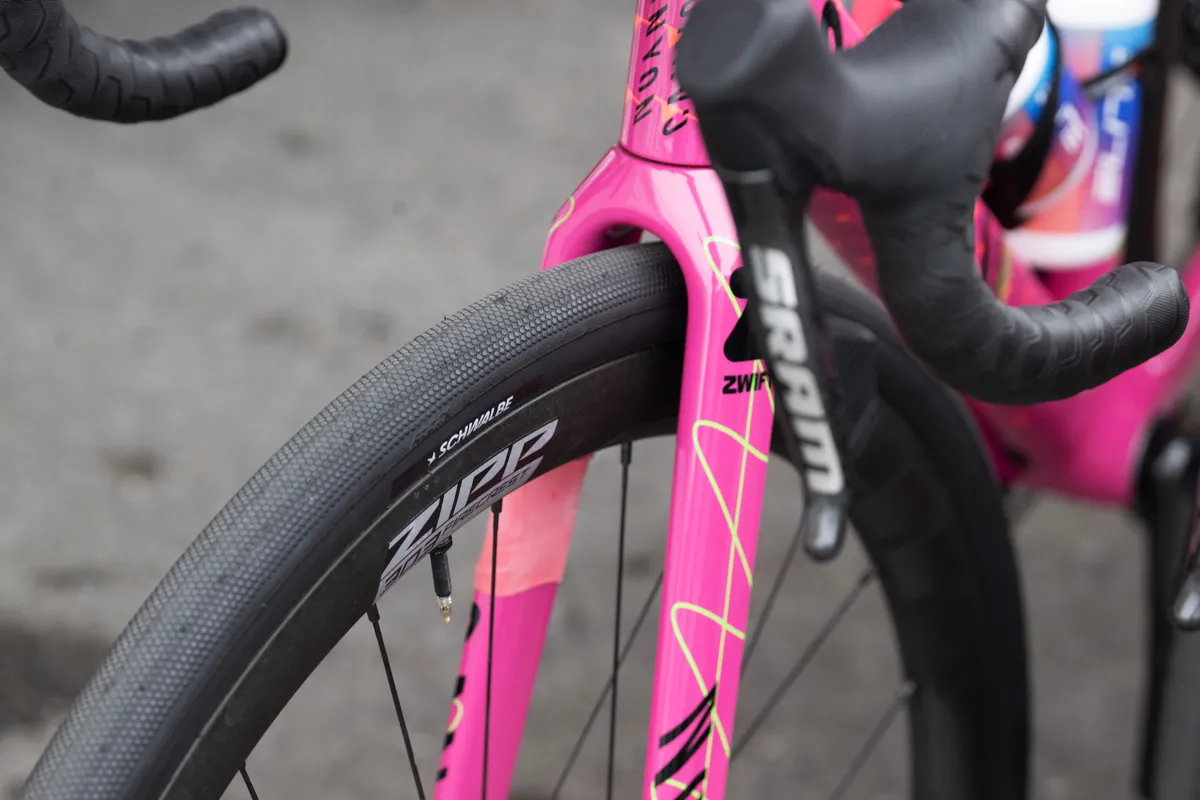
As you’ll typically feel less resistance from the road compared to looser gravel tracks, you might find the gearing you have on your gravel bike is not optimised for the road. For example, if you're running a 1x gravel bike setup, you might run out of top-end gears when descending on smooth tarmac.
If you’re planning to buy a gravel bike to use a lot on the road, consider a 2x drivetrain to maximise your gear range.
Can a gravel bike go as fast as a road bike?
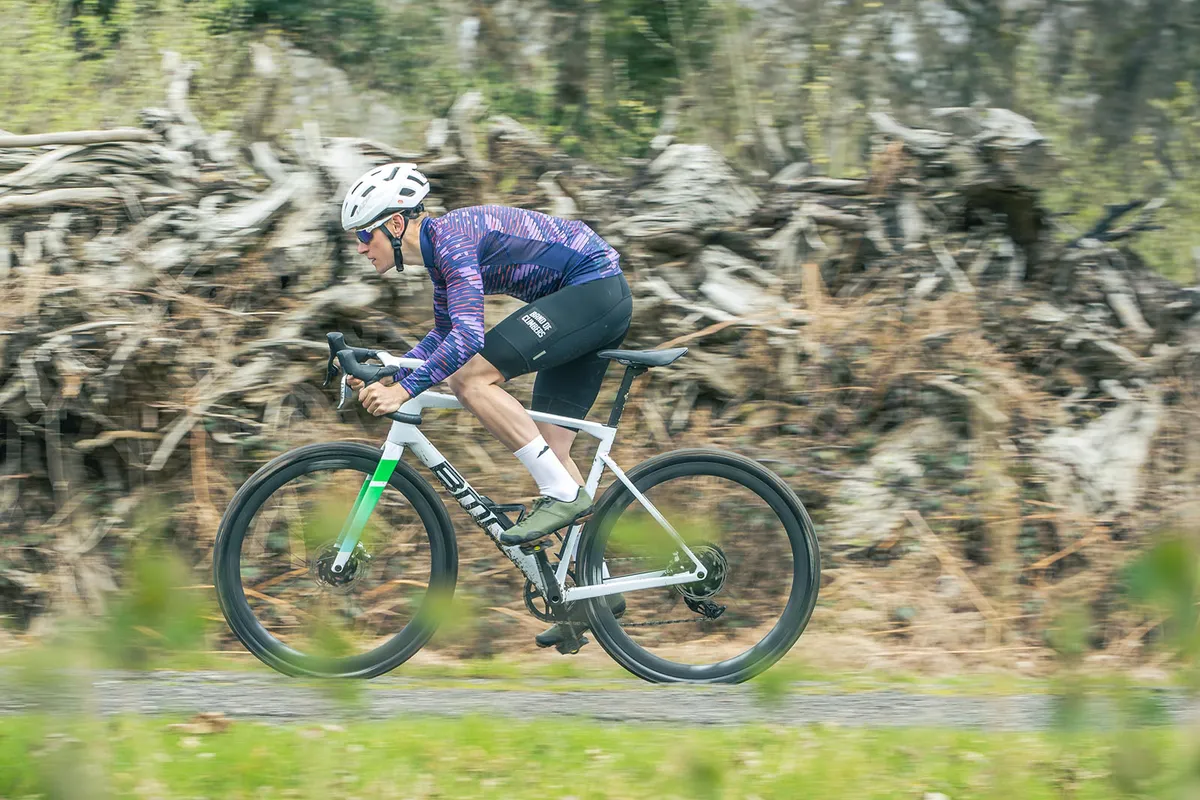
It depends who's riding it. But all things being equal, you can make some generalisations.
Off-road, apart from on the lightest gravel, a gravel bike will be quicker than a road bike. Where the surface is rougher, looser and more slippery, you won't get bounced about so much and you'll have more grip on a gravel bike. This helps you go faster.
With the right tyres, a go-fast gravel bike can keep up with an endurance road bike on tarmac.
But racier road bikes, such as aero bikes and climbing bikes, will leave most gravel bikes trailing, particularly more technically capable ones. Their upright position can slow you down on the road.
A gravel bike will usually be a little heavier than a similarly specced road bike. The weight penalty will translate into a disadvantage uphill.
Can I use a gravel bike as a winter road bike?
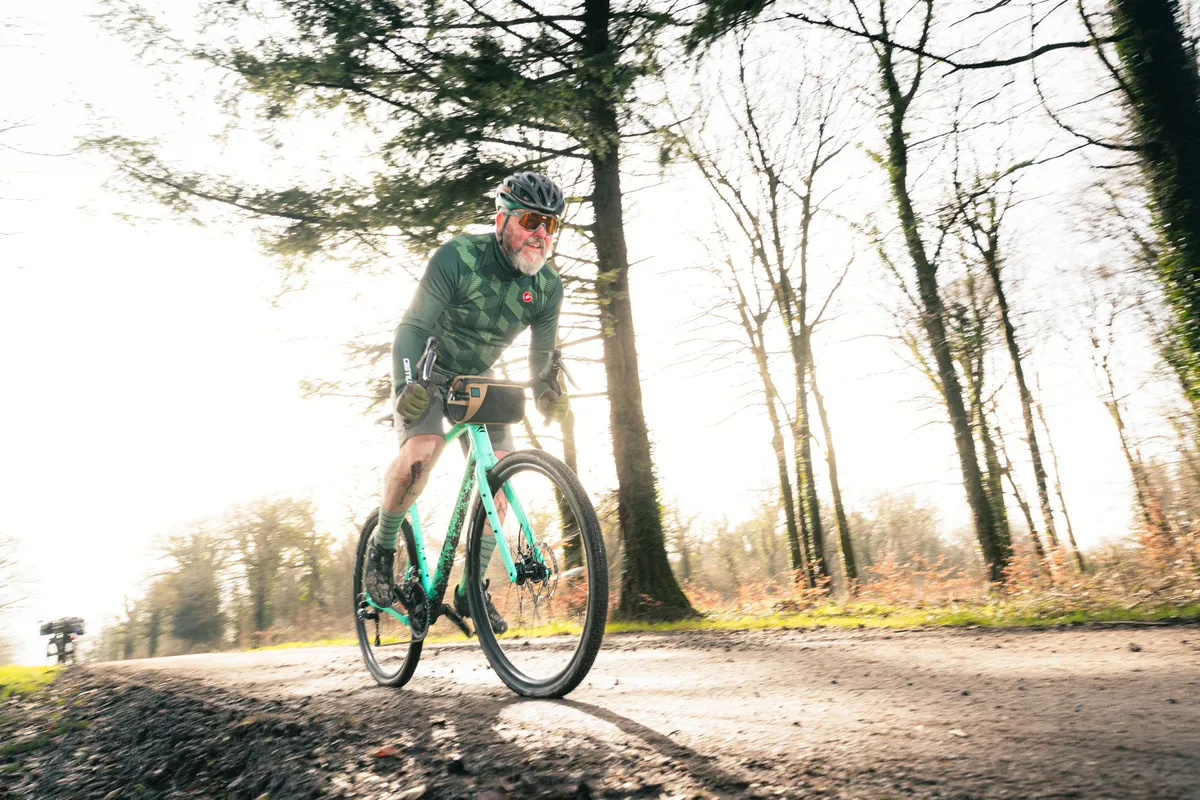
With pothole-buffering chunky tyres, plenty of space for mudguards (you may even want specific gravel bike mudguards) and a less aggressive riding position, gravel bikes can make some of the best winter road bikes for those base miles.
Gravel bikes often have hydraulic disc brakes. These offer really great braking performance, even when it’s wet. In addition, the levers are easy to operate, even when your hands are cold.
As gravel bikes frequently (although not always) come with mounts to fit racks and pannier bags, they can also be used as touring bikes. This is further complemented by the more upright, comfortable position, which is similar to what you’d find on most touring rigs.
Doubling up your bike’s use can also come in really handy if you’re limited on space or budget.
One bike, two wheelsets?
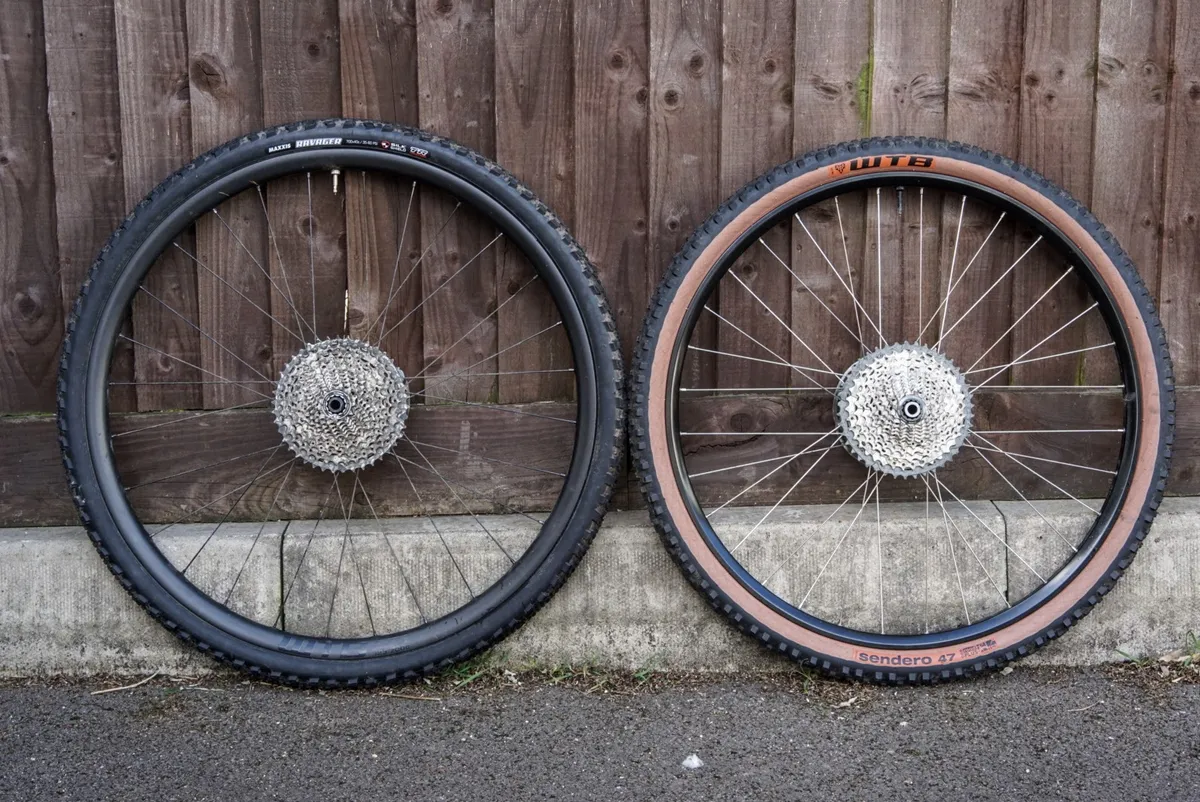
More and more riders are taking this clever approach, opting for one gravel bike with two wheelsets to be able to tackle different terrain and switch easily between setups.
Typically, you’d have a 700c wheelset with a slick, road-going tyre mounted for tarmac expeditions, plus a 650b wheelset with a chunkier, dirt-loving tread on higher-volume tyres for tackling more off-road-oriented rides.
As you simply have to switch out the wheels, rather than the more involved process of switching tyres (especially when it comes to tubeless setups), this makes your single bike much more versatile.
If you’re considering this as an option, think carefully about what your priorities are. You’ll need to choose the gearing and setup that’s the best compromise for you between these two riding styles.
